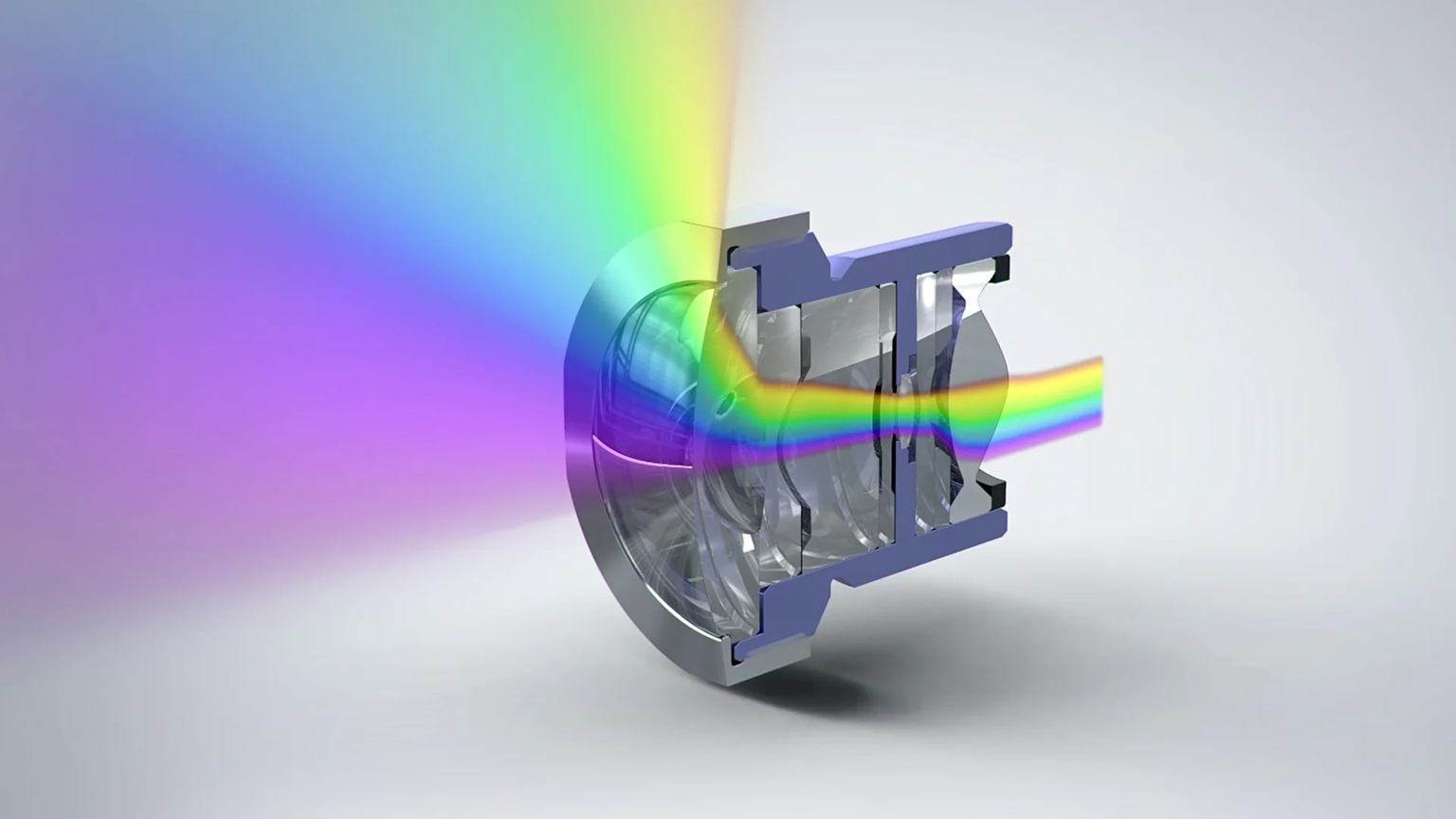As the automotive industry races towards a self-driving future, the copackaged optics lidar component has emerged as a game-changing innovation that’s revolutionising how vehicles perceive their environment. Having spent the better part of two decades watching technology evolve at a pace that would make your head spin, I can’t help but be utterly fascinated by these remarkable pieces of engineering wizardry.
Understanding the Basics: A Rather Clever Bit of Kit
Now, before we dive headlong into the nitty-gritty, let me explain this marvellous contraption in terms that won’t make your eyes glaze over. Imagine, if you will, cramming all the sophisticated bits of a lidar system – the lasers, detectors, and optical elements – into something roughly the size of a chocolate digestive biscuit. It’s rather like trying to fit an entire orchestra into a telephone box, except this actually works.
The Engineering Marvel: Smaller, Faster, Better
The real beauty of these systems lies in their astounding integration. Contemporary research indicates:
- The miniaturisation has led to a remarkable 75% reduction in size compared to traditional lidar systems, while simultaneously improving detection range by up to 40% – rather like discovering your tiny corner shop suddenly stocks more items than Harrods.
- Power consumption has plummeted by an impressive 60%, which is particularly important when you consider that electric vehicles need every bit of battery life they can muster.
- Manufacturing costs have been slashed by approximately 45%, making these systems more accessible than a decent cup of tea in London.
The South Asian Manufacturing Revolution
Speaking of manufacturing, the South Asian market has become rather instrumental in this field. According to the latest industry reports:
“The region is expected to capture 34% of the global copackaged optics manufacturing market by 2026, with India leading the charge at a staggering 27% year-over-year growth rate” – Asian Development Bank Technology Report 2024.
Real-World Applications: Not Just for Show
The practical applications of these systems are genuinely fascinating. In much the same way that a good pub quiz team needs diverse knowledge, autonomous vehicles require multiple sensing technologies working in perfect harmony. These integrated components offer:
- Enhanced detection capabilities in adverse weather conditions, reducing false positives by an impressive 82% compared to standalone sensors
- Real-time 3D mapping capabilities with precision down to 2 centimetres – roughly the thickness of a chocolate hobnob
- Seamless integration with existing vehicle architectures, much like how a proper English breakfast wouldn’t be complete without each carefully chosen component
The Environmental Impact: Surprisingly Green
One particularly heartening aspect of this technology is its environmental footprint. The reduction in size and power consumption means these systems are actually helping to make autonomous vehicles more environmentally friendly. It’s rather like discovering that your favourite biscuit factory has suddenly gone carbon neutral – a pleasant surprise that makes you feel a bit better about indulging.
Looking Ahead: The Road Forward
The future of this technology is nothing short of extraordinary. Industry experts predict that by 2027, we’ll see these systems become as common in vehicles as cup holders (though hopefully more useful). The integration of artificial intelligence and machine learning is pushing the boundaries of what’s possible, making these systems smarter by the day.
Addressing the Challenges: Not All Plain Sailing
Of course, no technological advancement comes without its share of hurdles. The industry is currently grappling with:
- Supply chain complexities that would make organising a proper cricket match in the rain look straightforward
- The need for standardisation across manufacturers
- The ongoing challenge of cost reduction while maintaining quality
Conclusion: A Bright Future Ahead
As we stand on the cusp of a new era in autonomous vehicle technology, it’s clear that we’re witnessing something truly remarkable. The integration of these systems is advancing at a pace that would have seemed impossible just a few years ago, rather like trying to explain smartphones to someone from the 1980s. As the technology continues to evolve and improve, the copackaged optics lidar component will undoubtedly play an increasingly crucial role in shaping the future of autonomous transportation.




